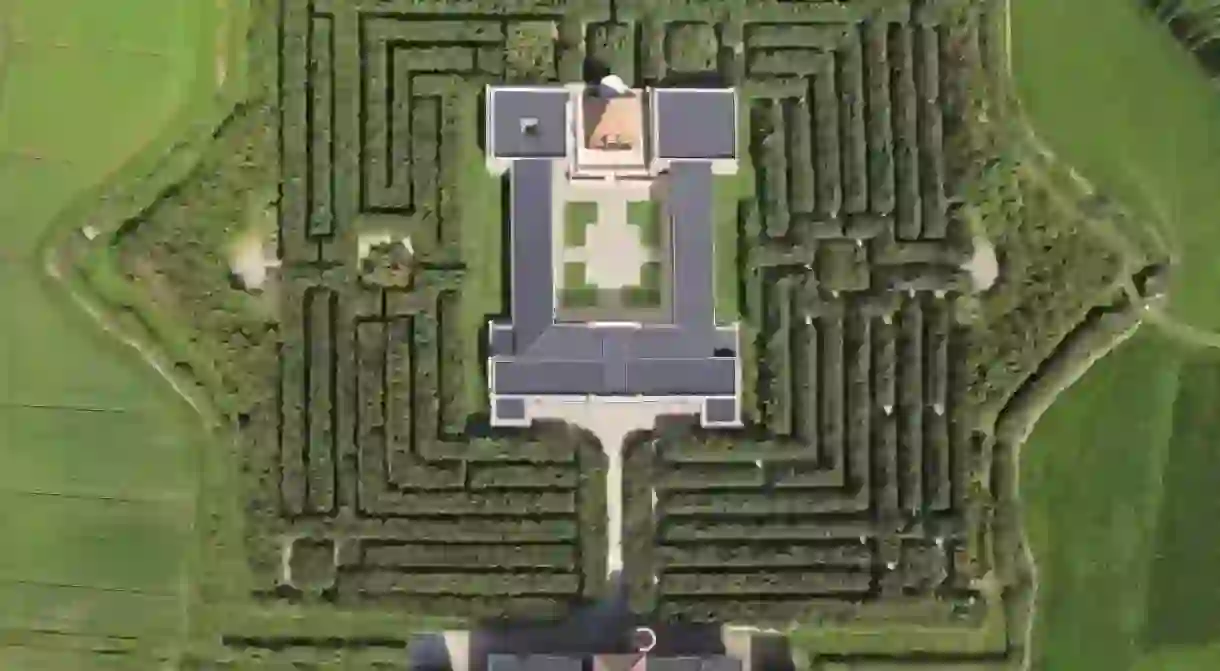This Italian Labyrinth is the Biggest in the World

Nestled among lush green rolling hills of northern Italy lies one of the world’s best-kept secrets; a magnificent labyrinth that – as of yet – remains unrivalled in terms of size. It sounds like something out of a fairy tale, but this is real. It’s the Masone Labyrinth, the biggest maze in the world, constructed entirely out of Bamboo plants and conceived by Italian designer and publisher Franco Maria Ricci in collaboration with his friend, Argentinian writer Jorge Luis Borges.

Opened in 2015 and designed in collaboration with Italian architects Davide Dutto and Pier Carlo Bontempi, the labyrinth is located in Fontanellato, a village that’s approximately 30 kilometres (18 miles) away from Parma. It covers seven hectares and is completely made out of bamboo plants – of which there are at least 20 different species. At the centre of the complex, a pyramid-shaped chapel is surrounded by a 2000m² (21,527 ft.²) courtyard. However, before reaching the heart of the labyrinth, one has to get lost in over three kilometers (1.8 mi.) of intricate pathways.

Franco Maria Ricci first dreamt of this project 30 years before it became a reality. Having always been fascinated with the concept of labyrinths, he wanted to create something extremely different from the one referenced in Greek mythology, containing the Minotaur. ‘I imagined a softer version,’ he explained. ‘A garden in which people could walk around, occasionally get lost, but without any danger.’
http://instagram.com/p/BSXCYYiD20q/?taken-by=fabio_lodovico
The idea began to take shape in the mid ’70s, when Jorge Luis Borges paid several visits to Ricci in Italy. The two men were both friends and work partners; the Argentinian writer was the curator of some very important series for FMR, Ricci’s publishing house. Labyrinths featured heavily in Borges’ poems too and the two friends would discuss the structures. When Ricci first expressed his desire to create the biggest natural labyrinth in the world, Borges replied that there was one already: the desert. But Ricci kept the idea in his mind for decades and finally, in 2005, the planning of the complex officially started.

Today Masone isn’t just a labyrinth, it’s a cultural park. In addition to a bookstore, a cafeteria and a restaurant, the complex also includes several halls and cultural spaces in which works from Ricci’s personal art collection are exhibited, along with all the volumes printed by his publishing house in the 50 years it was active.













